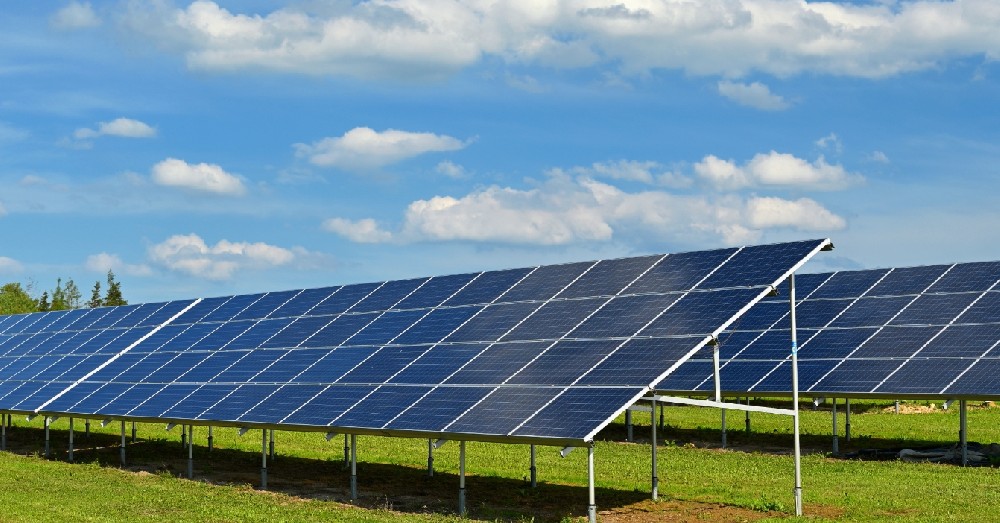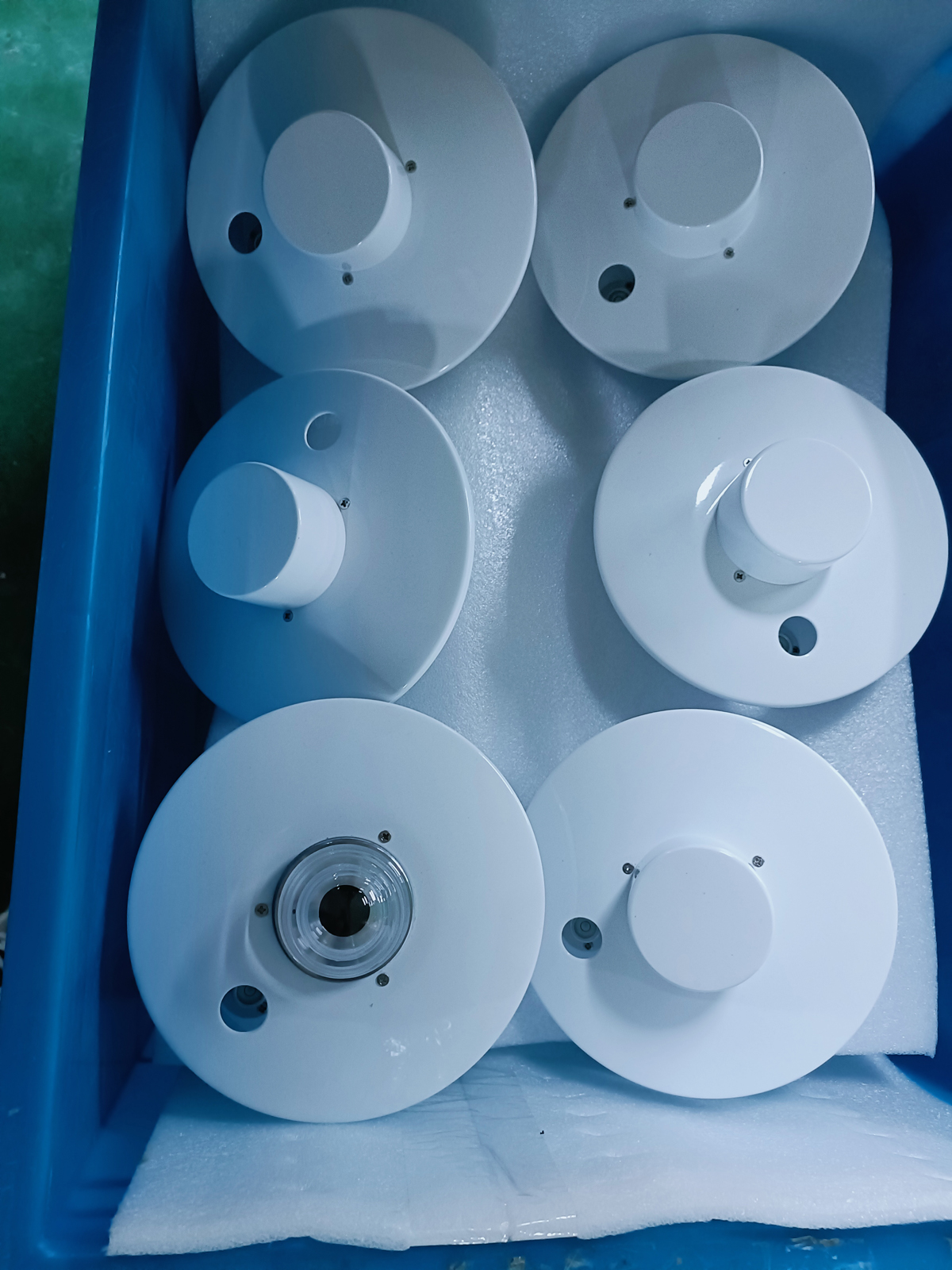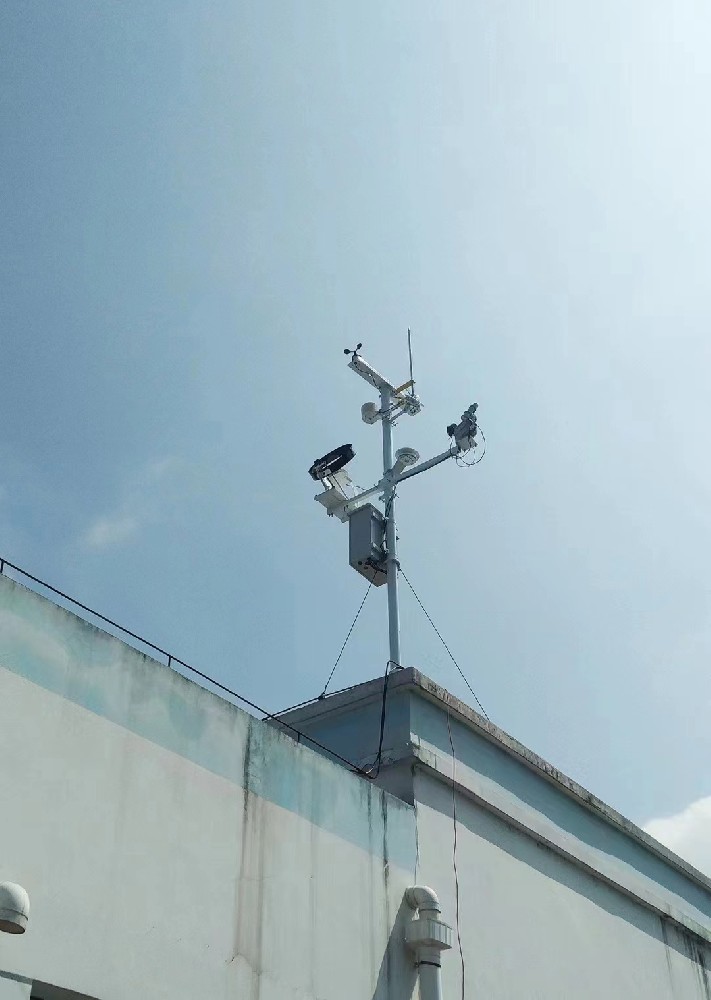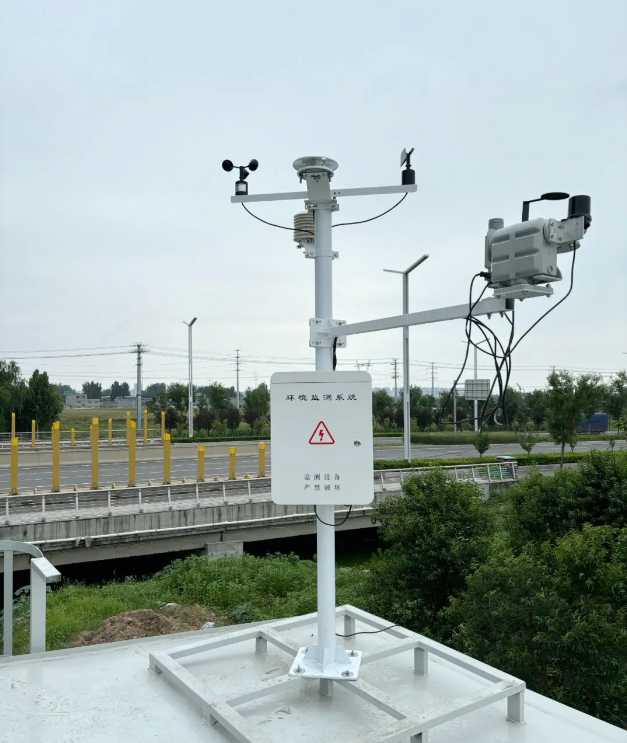

— Blogs —
—Products—
 Consumer hotline +8618073152920
Consumer hotline +8618073152920 WhatsApp:+8615367865107
Address:Room 102, District D, Houhu Industrial Park, Yuelu District, Changsha City, Hunan Province, China
Product knowledge
Time:2025-11-08 13:19:36 Popularity:271
In the fields of solar power generation and meteorological monitoring, the solar irradiance meter plays an indispensable role. Whether providing real-time radiation data for solar power stations or delivering key climate parameters for meteorological research, solar irradiance meters offer precise data to improve energy efficiency and research quality.

A solar irradiance meter is an instrument used to measure the intensity of solar radiation. By accurately measuring solar radiation, the irradiance meter provides valuable data for assessing solar panel performance, meteorological monitoring, and environmental studies. This device typically consists of highly sensitive sensors and an advanced data acquisition system, offering real-time feedback on solar radiation changes, which is crucial for optimizing energy utilization and accurately predicting meteorological trends.
Solar irradiance meters typically measure solar radiation using either photoelectric sensors or thermoelectric sensors. Photoelectric sensors generate electrical signals based on the intensity of sunlight, while thermoelectric sensors reflect radiation intensity through temperature changes. Regardless of the principle, solar irradiance meters can accurately capture subtle variations in radiation intensity, enabling precise data collection and analysis.
Solar irradiance meters are critical components of solar power systems. By measuring radiation intensity at different times and in different environments, solar irradiance meters help energy managers assess solar panel performance and optimize the system.
Irradiance meters provide real-time radiation data, helping identify efficiency issues in the solar system. By monitoring the relationship between radiation intensity and output power, the system can optimize power generation efficiency under various weather conditions, ensuring maximum energy utilization.
During the design and installation of solar panels, the irradiance meter helps determine the optimal angle and position for maximum solar radiation capture. With accurate data support, the system can achieve optimal configuration before actual operation.
Irradiance meters not only provide real-time data but also accumulate historical data, helping analyze solar radiation trends under different seasons and weather conditions. This data is crucial for forecasting the long-term performance of solar systems.
In meteorology, solar irradiance meters are indispensable tools. They provide precise data on solar radiation levels, which is essential for analyzing weather changes, climate research, and agricultural meteorology.
Through long-term radiation data collection, researchers can study the impact of solar radiation on climate change, understanding the relationship between radiation levels and temperature, precipitation, and other climate factors. This is essential for predicting climate trends and analyzing anomalous climate phenomena.
Solar radiation directly affects plant growth. Agricultural meteorological monitoring uses solar irradiance meters to track radiation intensity in different regions, helping farmers optimize growing conditions and avoid excessive or insufficient sunlight exposure.
Solar radiation has a profound impact on the Earth's environment. Using data collected from solar irradiance meters, environmental organizations can analyze the relationship between radiation changes and pollution levels, helping to formulate effective environmental protection policies. 
When selecting a solar irradiance meter, several factors need to be considered, including measurement accuracy, response time, operating environment, and durability. Here are some key considerations for purchasing:
High-precision irradiance meters provide more accurate measurements of subtle changes in solar radiation, offering reliable data for solar power generation and scientific research.
Solar irradiance meters are often used outdoors, so their waterproof, dustproof, and wind-resistant capabilities are essential. Choosing a meter that meets IP standards ensures its stable operation in harsh weather conditions.
Modern solar irradiance meters typically come with wireless data transmission capabilities, allowing real-time data transfer to cloud platforms or local servers for monitoring and analysis. Ensuring the device is compatible with other equipment, such as meteorological stations and solar panel monitoring systems, is also crucial during the selection process.
With technological advancements, solar irradiance meters have seen continuous improvements. Modern instruments not only provide accurate radiation data but can also integrate additional meteorological parameters, such as temperature, humidity, and wind speed. Intelligent data analysis and monitoring systems now allow solar irradiance meters to provide real-time data and in-depth analysis, helping users better predict and optimize solar system operations.

Yes, the accuracy of solar irradiance meters is very important. High-precision meters provide more accurate data, helping optimize solar power systems and conduct scientific research.
Solar irradiance meters should typically be installed in open, unobstructed areas to ensure maximum solar radiation exposure. The installation angle and position should be adjusted based on specific measurement needs.
Modern solar irradiance meters have excellent waterproof, dustproof, and wind-resistant features, allowing them to be used in various harsh environments. However, it is important to verify the specific durability standards of the instrument before use.
Yes, solar irradiance meters need to be calibrated regularly to ensure measurement accuracy. Calibration cycles may vary depending on the brand of the device, but it is generally recommended to calibrate the meter once a year.
When selecting a solar irradiance meter, consider its accuracy, response time, durability, and data transmission capabilities. Choosing the appropriate model based on your specific needs will ensure optimal performance.

Solar irradiance meters are essential tools in solar power generation and meteorological monitoring. By accurately measuring solar radiation intensity, they help optimize energy utilization, improve solar system performance, and provide crucial data for meteorological research. As technology continues to evolve, the functionality and accuracy of solar irradiance meters will further enhance, providing even more precise data support for various industries.
By selecting high-quality solar irradiance meters and using them correctly, you will be better equipped to tackle various challenges, improve solar system efficiency, and contribute to the advancement of meteorological research.
Prev:Essential Sensors in an Automated Weather Station: Wind, Rain, Temperature, and Radiation
Next:How Wireless Weather Stations Improve Efficiency in Agriculture and Energy
Related recommendations
Sensors & Weather Stations Catalog
Agriculture Sensors and Weather Stations Catalog-NiuBoL.pdf
Weather Stations Catalog-NiuBoL.pdf
Related products
 Combined air temperature and relative humidity sensor
Combined air temperature and relative humidity sensor Soil Moisture Temperature sensor for irrigation
Soil Moisture Temperature sensor for irrigation Soil pH sensor RS485 soil Testing instrument soil ph meter for agriculture
Soil pH sensor RS485 soil Testing instrument soil ph meter for agriculture Wind Speed sensor Output Modbus/RS485/Analog/0-5V/4-20mA
Wind Speed sensor Output Modbus/RS485/Analog/0-5V/4-20mA Tipping bucket rain gauge for weather monitoring auto rainfall sensor RS485/Outdoor/stainless steel
Tipping bucket rain gauge for weather monitoring auto rainfall sensor RS485/Outdoor/stainless steel Pyranometer Solar Radiation Sensor 4-20mA/RS485
Pyranometer Solar Radiation Sensor 4-20mA/RS485
Screenshot, WhatsApp to identify the QR code
WhatsApp number:+8615367865107
(Click on WhatsApp to copy and add friends)
